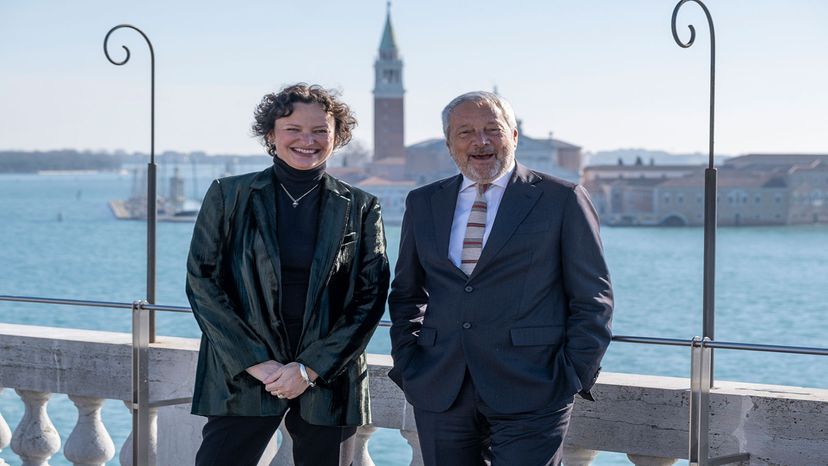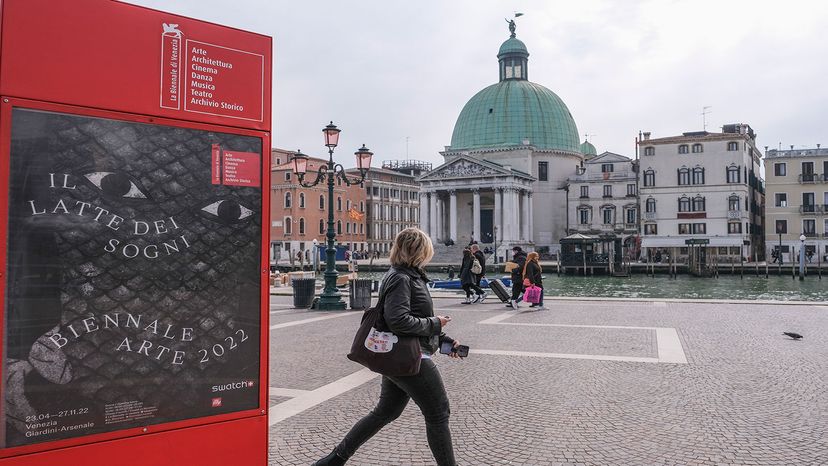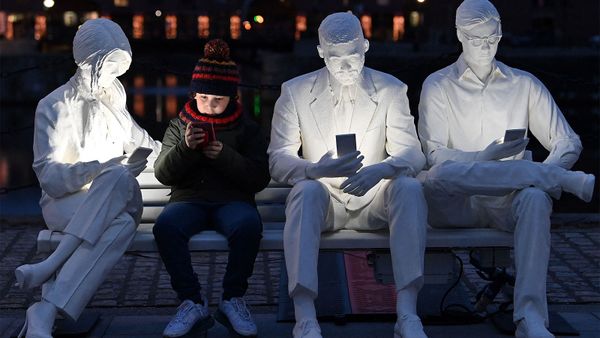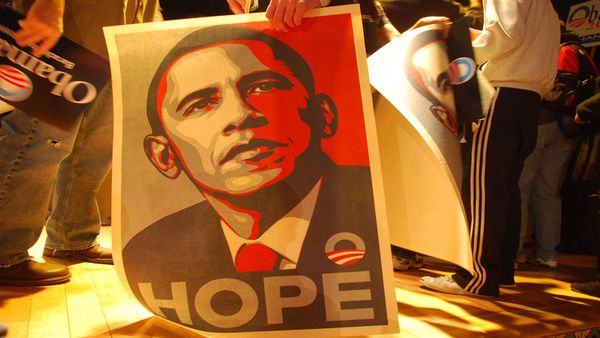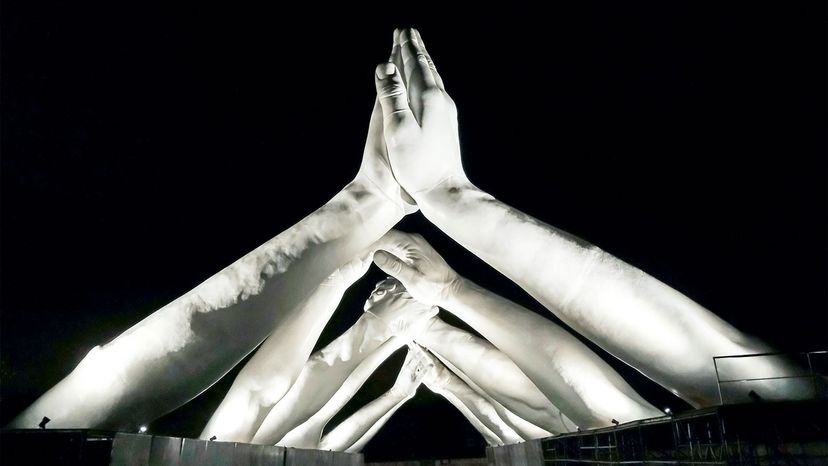
Since 1895, the city of Venice, Italy, has hosted a 7-month-long public art exhibition every two years. Called the Venice Biennale (that's pronounced "Bee-a-nah-lay"), this artistic extravaganza is more than a mere exhibition of world-class art.
"The Biennale establishes trends for art and can elevate and change people's careers or perspectives on contemporary art movements around the world," according to Miranda Kyle, the arts and culture program manager for the Atlanta BeltLine.
Advertisement
That kind of influence is nothing to sniff at. And it's backed up by 127 years of history with very few interruptions. World Wars I and II caused the cancellation of the Venice Biennale in 1916, 1918, 1944 and 1946. In 2021, the exhibition was postponed to 2022 due to the COVID-19 pandemic. The only other disruption to the Biennale occurred in 1974 when Biennale-related events took place but, in solidarity with the nation of Chile, a full-fledged exhibition wasn't held. (Italian communists on the Biennale committee sympathized with those in Chile after a coup put dictator Gen. Augusto Pinochet in power).
The first Biennale opened April 30, 1895, to toast the silver wedding anniversary of King Umberto I and Queen Margherita di Savoia of Italy. The city of Venice wanted to establish a biennial (which means every two years), and highlighting art made sense, as the city was famed for its exhibitions. The first show included 516 works of art — 188 by Italians and the rest by artists from 14 other countries. The exhibition was a great success. By the time it ended, more than 224,000 people had come through. That's a lot of folks, and it demonstrated that a Venetian exhibition of art from all over the world could be a tourist draw and destination.
Among the Biennale's unique features is its scope, and there are several parts that make up the whole:
- the International Art Exhibit located at the Giardini park, anchored by the Central Pavilion (site of the original Biennale);
- the Arsenale (a former shipbuilding complex added to the Biennale in 1980);
- the national pavilions, which show the work of artists of a specific country (countries began building their own pavilions as early as 1907 — there are now 29); and
- the collateral exhibitions — independent works, often created by groups, entities or institutions which are typically displayed at the Giardini or Arsenale.
Advertisement
